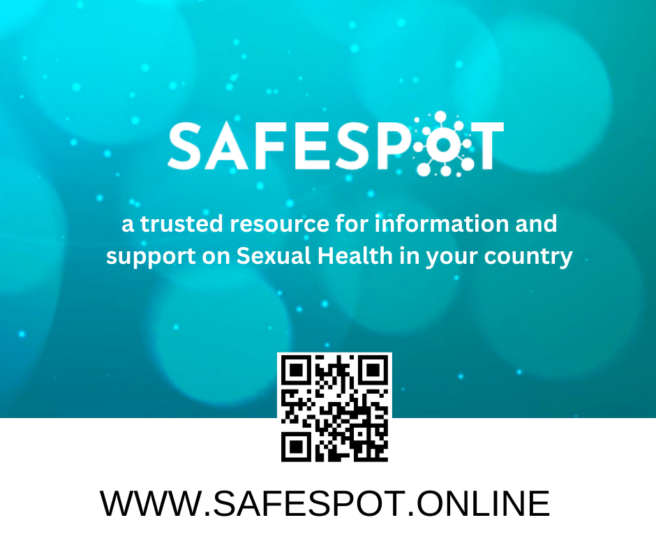Text: Michel Kazatchkine, UN secretary general special envoy on HIV/AIDS in Eastern Europe and Central Asia
Why is eastern Europe the only region in the world that still has a growing HIV epidemic? In one of the region’s countries, Russia, more than two thirds of all HIV infections, and 55% of the near 100 000 new infections reported last year, resulted from drug injection.
Some 3.2 million people in eastern Europe inject drugs, and about 1.5 million of them are in Russia. In 2007 the number of newly reported HIV cases among Russian people who inject drugs (12 538) was similar to the number in the rest of eastern Europe (12 026). But since then the numbers have diverged hugely.
Scaling up of harm reduction programmes in several countries coincided with a stabilising of HIV rates—and fewer than 7000 new cases outside Russia in 2014. In Russia, however, where access to sterile needles and syringes is low and opioid substitutes remain illegal and unavailable, the number of people who inject drugs newly infected with HIV climbed to nearly 22 500 in 2014.
Criminalisation of drug use
The reasons for Russia’s high figures include the prohibition and effective criminalisation of drug use, repressive law enforcement, and stigma around drug use. These factors lead people to inject in unsafe conditions for fear of police and arrests and result in needle sharing and overdose.
In 2015, the United Nations’ secretary general, Ban Ki-Moon, called for “careful rebalancing of the international policy on controlled drugs.”
“We must consider alternatives to criminalisation and incarceration of people who use drugs,” he said. “We should increase the focus on public health, prevention, treatment, and care.”
The World Health Organization, the United Nations Office on Drugs and Crime, and UNAIDS jointly recommend a package of harm reduction interventions as best practice to reduce the risk of acquiring, and improve treatment of, HIV, hepatitis, and tuberculosis among people who inject drugs. Such strategies, which do not require prohibition of harmful behaviours, are key to reducing death and disease because drug dependency is characterised by people’s inability to abstain.
Continue reading here.





